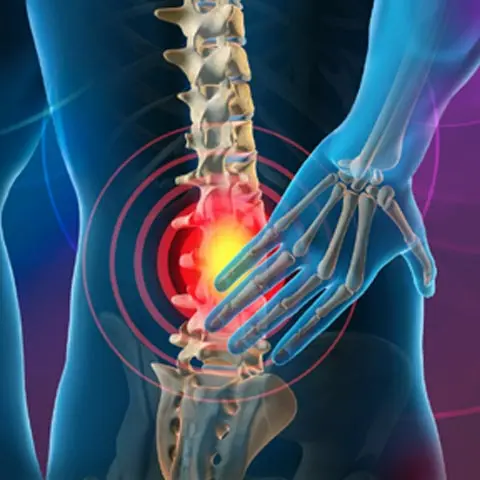Disc surgery offers a potential solution for individuals suffering from persistent spinal pain. This procedure targets herniated, degenerated, or damaged discs to alleviate discomfort and restore mobility. Understanding the process, benefits, and risks associated with this surgery is key for those exploring treatment options. Here is more information on the procedure, recovery process, and factors that determine eligibility for disc surgery:
Understanding Disc Surgery
Disc surgery typically begins with a detailed medical evaluation to identify the source of the pain. Imaging techniques such as MRI or CT scans are often used to locate the affected disc. Once the issue is clearly identified, the correct procedure is identified and scheduled.
There are different types of disc surgeries, with two common options being discectomy and spinal fusion. A discectomy involves removing the part of the disc that presses on the nerve root, relieving pain and inflammation. Spinal fusion, on the other hand, eliminates movement between two vertebrae by fusing them together, which stabilizes the spine.
Minimally invasive techniques are frequently used, involving smaller incisions and shorter recovery periods compared to traditional open surgery. The surgery is performed under general anesthesia and typically lasts one to three hours, depending on the complexity of the case. Post-surgery monitoring makes sure there are no complications before the patient is discharged.
Exploring the Recovery Process
Recovering from this surgery involves several weeks to months, depending on the type of procedure performed. Patients are often advised to limit physical activities in the initial weeks to promote healing. Light movement, such as walking, may be recommended early on to prevent stiffness and stimulate circulation.
A structured rehabilitation program is usually introduced as part of the recovery process. This may include physical therapy to strengthen the back and improve flexibility. Pain relief is typically managed with medications and plenty of rest. Follow-up appointments with the surgeon allow for monitoring progress and addressing any concerns. Adhering to post-operative guidelines significantly impacts the outcome of the procedure.
Identifying Suitability for Surgery
Not everyone is a candidate for surgery. Healthcare providers evaluate several factors before recommending this treatment. These include the severity of symptoms, the impact on daily activities, and responses to previous non-surgical treatments such as physical therapy, pain medications, or injections.
Candidates generally experience persistent pain caused by a damaged or herniated disc that does not improve with conservative treatment methods. Imaging tests confirm the necessity of surgery by identifying the affected disc and the extent of the damage. Those with unstable health conditions or certain spinal deformities may not be eligible for the procedure.
Find a Neurosurgeon
Disc surgery offers a path to relief for individuals suffering from chronic back or neck pain due to damaged discs. The procedure includes advanced imaging, minimally invasive techniques, and a structured recovery plan supported by rehabilitation. Success depends on careful evaluation and selection of eligible candidates, alongside adherence to recovery guidelines. Exploring treatment options begins with a conversation with a healthcare provider. Disc surgery, though not the first line of treatment, has proven effective for many who experience persistent spinal pain and seek to reclaim their quality of life.


Leave a Reply